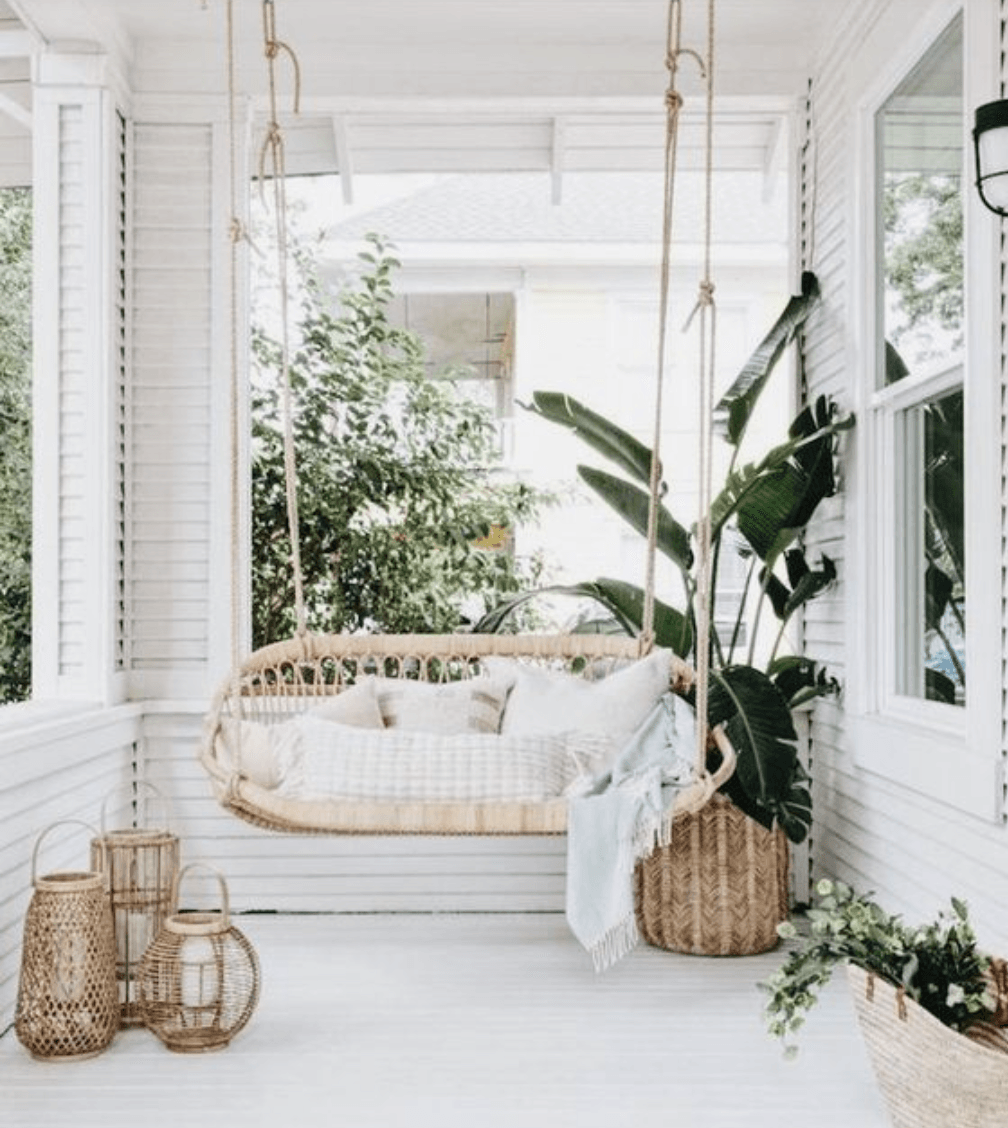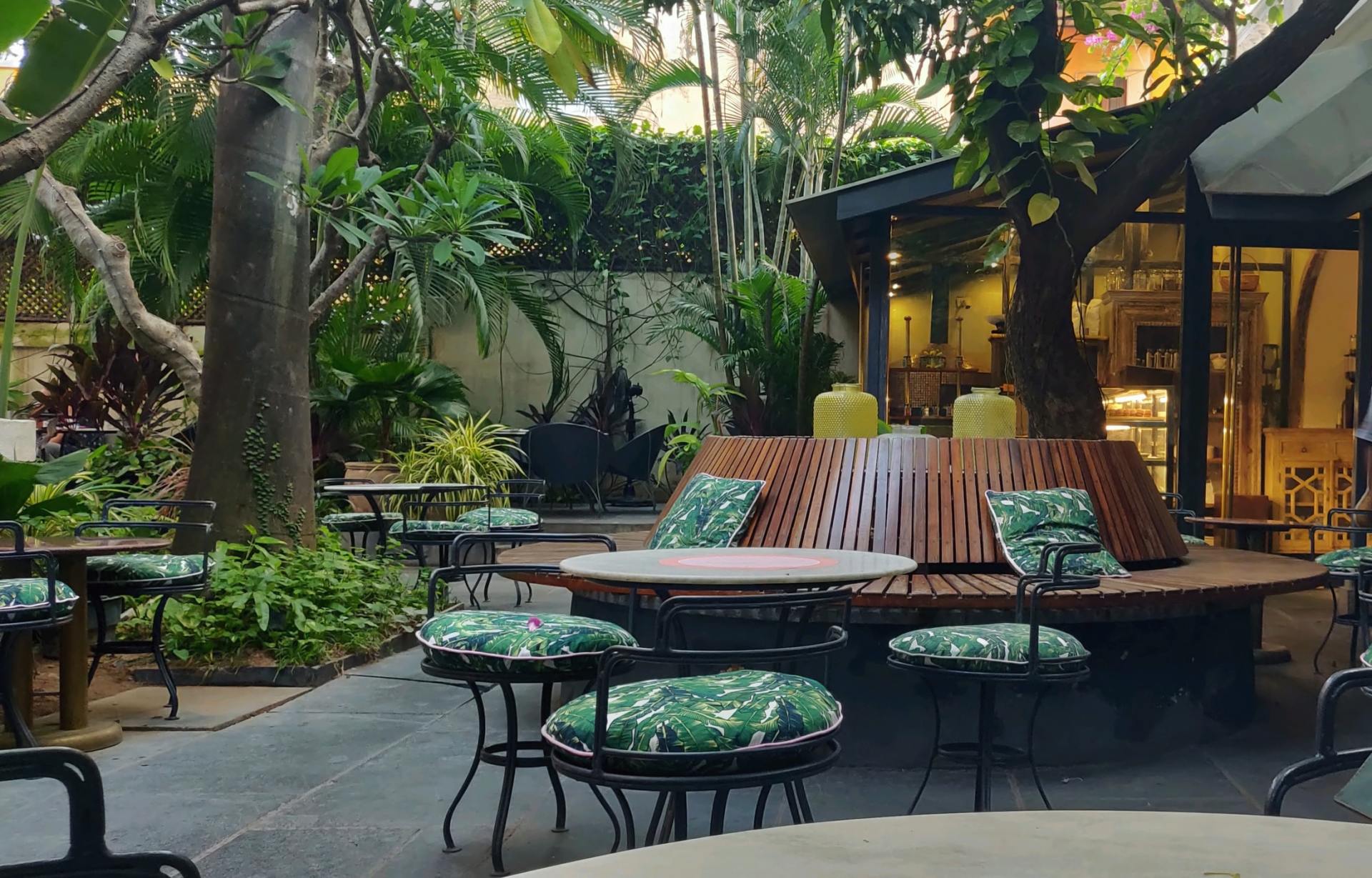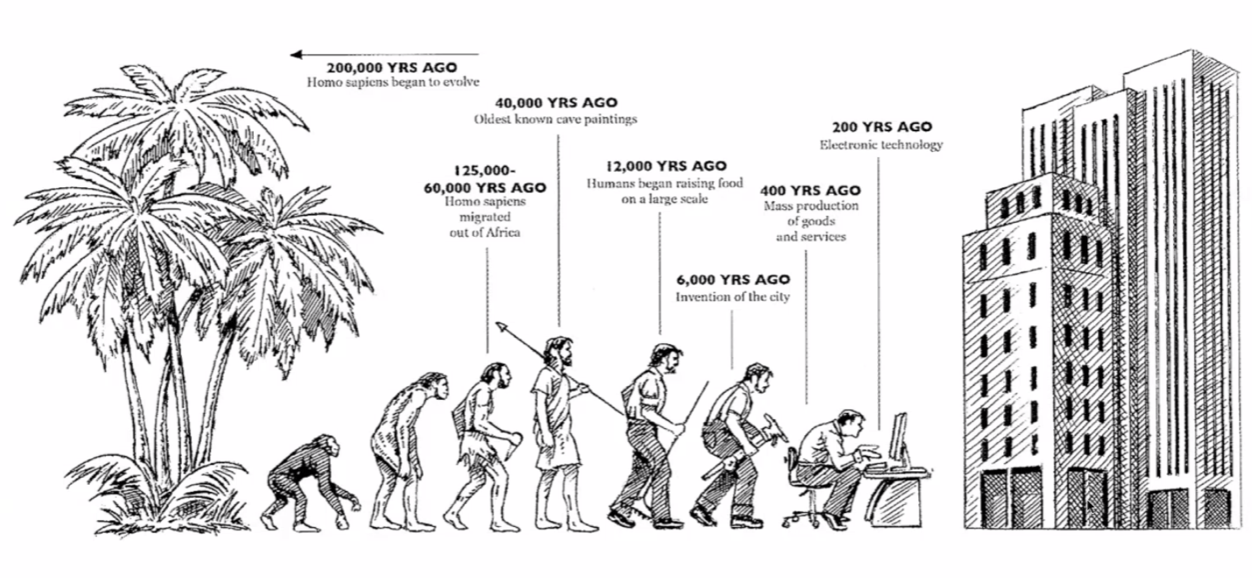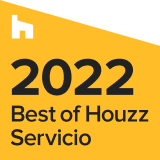Contact us:
+34 664 192 980
info@habitarmonia.eu
The Biophilic Effect
A scientific & spiritual Exploration of the Healing Bond Between Humans & Nature
BIOPHILIC DESIGN
Have you ever noticed how you feel outside? Maybe it's a walk on the beach or through the forest. At home, or at your working environment you can have extraordinary fun in your own garden. Even your modest pot plants can bring you joy!
This feeling is what forms the building block of Biophilia. But it's not just about how we relate to nature; it's about how contact with nature makes us happier.
This is not a trend, but comes from our core.
By 2030, 60% of the world's population will live in urban environments and we are nowadays 90% of our time indoors or within the built environment.
Biophilic Design uses these ideas as principles to create a human centred approach that when applied improves many of the spaces that we live and work in today, with numerous benefits to our health and well-being.
WHY IS BIOPHILIC DESIGN RELEVANT TODAY?
The World Health Organisation expects stress related illness, such as mental health disorders and cardio-vascular disease, to be the two largest contributors to disease by 2020. With a diminished connection to nature, the increasing pressure on urban space & the ubiquitous technological presence we have less opportunity to recuperate our mental and physical energy.
Incorporating direct or indirect elements of nature into the built environment have been demonstrated through research to reduce stress, blood pressure levels and heart rates, whilst increasing productivity, creativity and self reported rates of well-being.

WHAT ARE THE BENEFITS BIOPHILIC DESIGN?
There have been numerous studies over the last 35 years on the benefits to the built environment through improving a connection to nature.
- Office design: productivity can be increased by 8%, rates of well-being up by 13%, increases in creativity, with reduced absenteeism and presenteeism.
- Hospitality design: Guests willing to pay 23% more for rooms with views of Biophilic elements
- Education spaces: increased rates of learning 20-25%, improved test results, concentration levels and attendance, reduced impacts of ADHD
- Healthcare spaces: post-operative recovery times decreased by 8.5%, reduced pain medication by 22%
- Retail: the presence of vegetation & landscaping has been found to increase average rental rates on retail spaces with customers indicating they were willing to pay 8-12 % more for goods and services.
- Urban Spaces: Urban spaces can become more calming & restorative, with 7-8 % less crime attributed to areas with access to nature and can command an increase of 4-5% in property price.
- Homes: Applying Biophilic Design in homes has several benefits, such as improving mood, creating a higher sense of vitality, increase nature connectedness, enhance concentration, reduce stress and have a better sleep quality among many others. We have many scientific studies proving all the positive effects of Biophilia on people with ADHD, ASD, Neurodiversity, respiratory problems, migraines, and many other illnesses. By applying Biophilic Interior Design, we can increase Well-being.
BIOPHILIC TIMELINE
Our origins can be found in nature. For millennia, we have evolved with and in nature. We have been shaped by discovering and exploring nature, by instinctively responding to stimuli from the natural environment. These intuitive responses are therefore deeply ingrained in our nature and being. Only for a few hundred years have we lived in an artificial environment that we create driven by cost and efficiency, drifting further and further away from our natural nature. Biophilic Design brings elements of the natural world back into our immediate living environment.
THE GUIDE TO BIOPHILIC DESIGN
The theory behind Biophilic Design has been described with a framework of Tools which have been called patterns, that have been used to help to implement the Theory of Biophilic Design.
These 15 patterns are categorised in 3 different elements:
Nature in the Space: incorporating natural elements in design.
Natural Analogues : replicating natural shapes, patterns, colours and textures.
Nature of the Space: reproducing the layout of natural environments.
(this concept has been adopted by Terrapin Green)
Nature in the Space
NON- VISUAL CONNECTION WITH NATURE
Auditory, haptic, olfactory or gustatory stimuli that engender a deliberate and positive reference to nature, living systems and natural processes.
NON-RHYTHMIC SENSORIAL STIMULI
Stochastic and ephemeral connection with nature that may be analyzed statistically but may not be predicted precisely
THERMAL AND AIRFLOW VARIABILITY
Changes in air temperature, relative humidity, air flow across the skin, and surface temperatures that mimic natural environments.
A condition that enhances the experience of a place through seeing, hearing, or touching water.
Leverages varying intensities and color of light and shadow that change over time to create conditions that occur in nature.
CONNECTION WITH NATURAL SYSTEMS
Awareness of natural processes, especially seasonal and temporal changes characteristic of healthy ecosystems.
Nature Analogues
Symbolic references to contoured, patterned, textured or numerical arrangements that persist in nature.
MATERIAL CONNECTION WITH NATURE
Materials and elements from nature that through minimal processing, reflect the local ecology or geology and create a distinct sense of place.
Rich sensory information that adheres to spatial hierarchy similar to those encountered in nature.
Nature of the Space
A place for withdrawal from environmental conditions or the main flow of activity, in which the individual is protected from behind and overhead.
The promise of more information, achieved through partially obscured views or other sensory devices that entice the individual to travel deeper into the environment.





